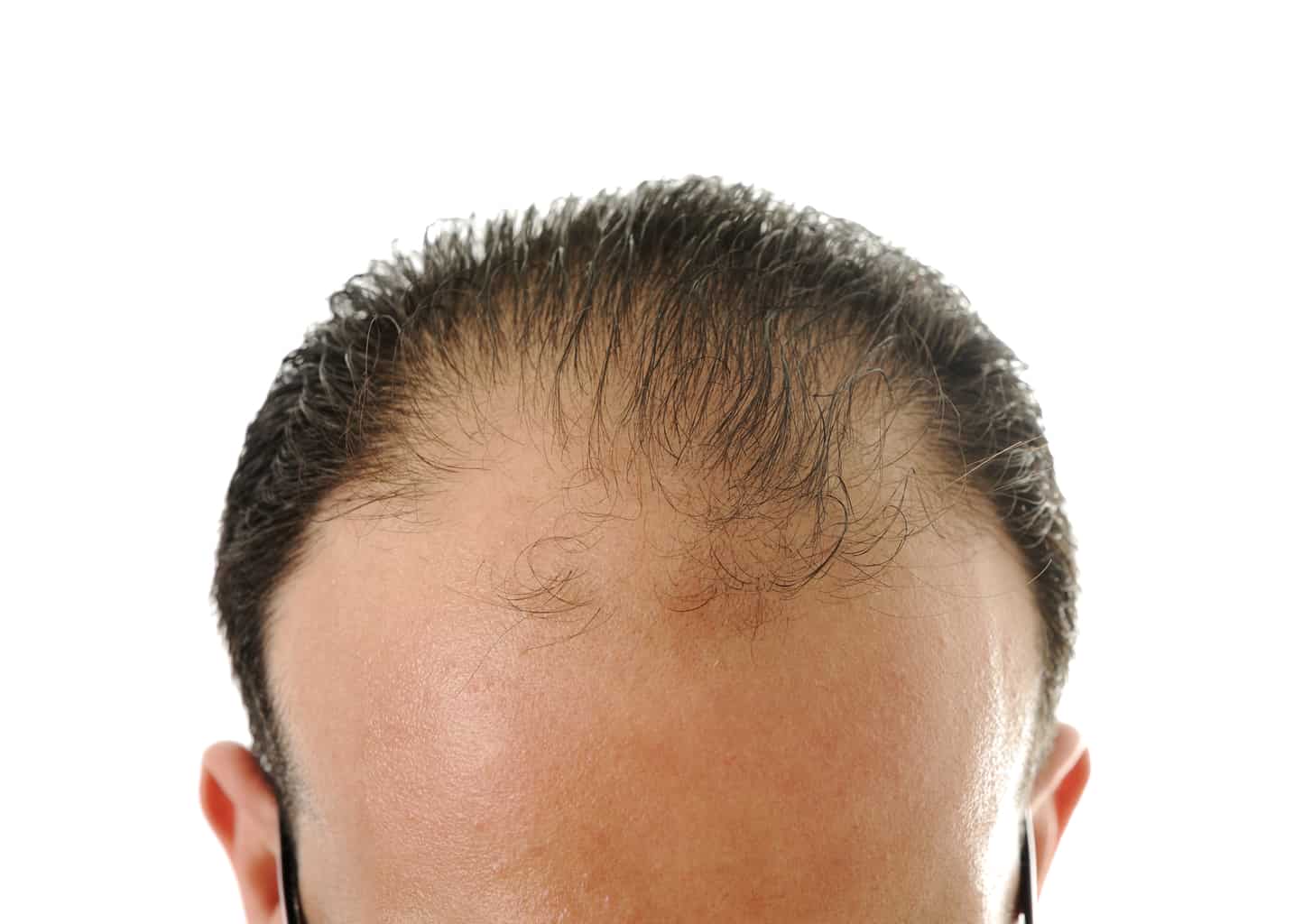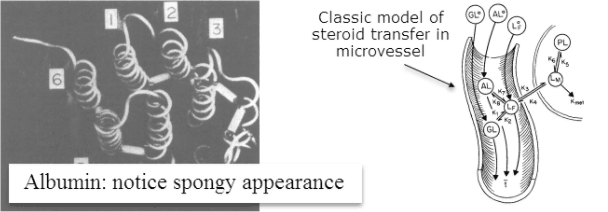
[cmamad id=”13262″ align=”right” tabid=”display-desktop” mobid=”display-desktop” stg=””]
Study: This is why the top of the head is most affected by baldness. But how to repair that bald patch?
—–Important Message—–
This new $2 remedy is disrupting the $250 billion US diabetes industry.
You may already have it in your home: this new $2 remedy that Big Pharma cannot patent…
And now it’s only a matter of time until this $2 remedy replaces all the revenue-generating Big Pharma treatments that are out there.
How could this have happened?
Well, the $2 remedy gets your body into sugar-burning mode again and that gets insulin factories in your body to start up again.
Then, in 2 weeks diabetes symptoms start receding. Isn’t that amazing?
You may be at the forefront of a HUGE disruption. Many many people have already fixed their diabetes with this.
Here’s the $2 remedy that’s disrupting the $250 billion US diabetes industry
————
Male pattern baldness explained – 21st century
The reason why men are more affected by hair loss than women seems relatively easy to explain.
For one thing, testosterone permanently increases adrenal gland size at an early age.
This leads to higher cortisol output in males on average. Especially in response to stress.
Androgens also lead to sex‐specific immune changes through their effects on the thymus gland.
And this leads to a higher TH1/TH2 ratio, which increases interferon‐γ. Interferon‐γ is a cytokine which upregulates prostaglandin enzymes such as those found in hair loss.
[cmamad id=”13263″ align=”center” tabid=”display-desktop” mobid=”display-desktop” stg=””]
But why does hair loss affect that particular area of the head?
That is more difficult to explain.
I think we all know intuitively that blood flow has something to do with this. But how?
Hints can be found by looking at the things most correlated with hair loss.
Luis Garza showed in 2012 that…
…prostaglandin D₂ is consistently higher in bald areas.
He found that the enzyme that makes it (prostaglandin D₂ synthase) was higher in the areas corresponding to the prostaglandin itself.

He also found that the mRNA which encodes prostaglandin D₂ synthase was upregulated and highly‐correlated with the other two.
And prostaglandin D₂ causes hair loss when applied directly.
More research has confirmed this connection:

Following up on Garza’s study, a team of researchers measured the skin gradient from the lower part of the head towards the apex.
They noted whether or not the area had hair. They also tested for prostaglandin D₂ synthase.
The found a near-perfect correlation between prostaglandin D₂ synthase and the hairless areas.

Prostaglandin D₂ synthase concentration actually increases in a gradient the further up the head.
Nothing correlates to baldness more closely than prostaglandin D₂ synthase.
Many people may be satisfied with that single observation, but it doesn’t explain why prostaglandin D₂ synthase is higher in the first place.
Let’s start with how prostaglandin D₂ synthase is created.
The only thing shown to transcribe prostaglandin D₂ synthase is a transcription factor named SOX9.
Which is activated directly by cortisol.
Since only cortisol appears to have the ability to create prostaglandin D₂ synthase…
You might expect the cortisol gradient to be identical to the prostaglandin D₂ gradient.
And there’s a logical reason to think so:
Near the vertex of the scalp, we have microcirculation – very small blood vessels (much smaller than could be resolved in creating the model below).

This is where the arterial supply ends.
But there’s no less blood here. The same amount of blood that passes through the larger vessels must reach the apex somehow.
The difference is the number, radius, and total surface area of the vessels.
The top of the head is a microcirculatory region.
And it’s been proven that microcirculatory regions have increased hormone transport.
This is because the proteins that cortisol binds to (such as albumin and corticosteroid binding globulin) have binding areas on the inside.
“The interior of the hemicylinder acts as the binding site, and albumin is a highly flexible molecule.”
This protects the cortisol until it rubs up against the side of a blood vessel, at which point it’s released.
This process has been noted for decades.
For example, this is how scientists commonly explain enhanced steroid transfer through microvessel areas.

Here’s an equation that relates surface area, volume, length, and radius.
(With volume held constant and with length not decreasing – physiological preconditions.)
SA = (⁸⁄₃)V·l/r²
With decreased radius, you must get an increase in surface area.
So there’s more interaction between hormones and vessel walls.
More surface area of blood vessels means more interaction with cortisol-binding proteins. Hence a greater hormone transfer rate.
This has been experimentally proven at the blood-brain barrier, where tiny blood vessels greatly increase the rate of steroid transport.
“Testosterone dissociation is increased fiftyfold in the brain microcirculation, whereas corticosterone dissociation from bovine albumin is increased…”
So, smaller blood vessels at the top of the head result in more albumin blood vessel interaction.
This leads to greater hormone transport, more prostaglandin enzyme, prostaglandin D₂, and, voilà: hair loss.
The liver has a microcirculatory system as well – to filter the blood.
Based on this fact alone, you could expect the top of the head to have more steroid hormones, more cortisol, and more prostaglandin D₂ synthase.
“A conformational change about the albumin-binding site would result in a partial uncoiling about the binding site and markedly increase rates of hormone dissociation.”
Scientists take things like this seriously.
Here is a study showing how quickly brain microcirculation can strip tryptophan off albumin:

As a side note, brain tryptophan is where all serotonin is derived from.
To find out how much is absorbed in one pass, the scientists loaded up albumin with radioactive tryptophan.
They injected this into an artery leading to the heads of experimental rabbits and cut their heads off after 15 seconds.
Then they measured for radioactive tryptophan as quickly as possible.

This is just one of the dozens of studies showing that free hormone concentrations hardly matter.
What matters is total hormone concentration.
Hormones are stripped off their binding proteins all the time, and at greater rates, in microcirculatory areas.
This is how the liver increases its filtering rate, how the brain gets more than its fair share of hormones, and very likely why the vertex of the head gets more cortisol.
It’s an evolutionary accident.
But prostaglandin D₂ synthase can’t cause hair loss on its own.
It needs help from linoleic acid.
Linoleic acid is essential to form the arachidonic acid needed for prostaglandin formation.
“This suggests that other environmental factors are probably at play, impacting which people go on to develop alopecia.”
So male pattern hair loss might best be seen as primarily a mix of cortisol and linoleic acid operating together.
With cytokines such as interferon‐γ playing a supporting role
—–Important Message—–
Single men: Creating desire in a girl
I discovered something called the “excitation transfer effect.” It’s a sneaky psychological program that creates lust and wetness in a woman…
Whether she’s an average girl or some super-hot 10 you met at a bar.
Using this “excitation transfer effect” I was able to pick up girls…
…with my bald head, beer belly, and introverted personality.
I used the “excitation transfer effect” on random girls I know and now 6 of them are coming over for a “party”…
…so I’d suggest you use this with caution.

——————-

http://onlinelibrary.wiley.com/doi/10.1111/cup.12286/full
Pardridge, William M., and Gary Fierer. "Transport of tryptophan into brain from the circulating, albumin‐bound pool in rats and in rabbits." Journal of neurochemistry (1990)
http://onlinelibrary.wiley.com/doi/10.1111/j.1471-4159.1990.tb02345.x/full
Pardridge, W. "Selective Delivery of Sex Steroid Hormones to Tissues In Vivo by Albumin and by Sex Hormone‐Binding Globulin." Annals of the New York Academy of Sciences (1988)
http://onlinelibrary.wiley.com/doi/10.1111/j.1749-6632.1988.tb48863.x/full
Marty, F. "Subcutaneous tissue in the scalp: anatomical, physiological, and clinical…" Annals of plastic surgery (1986)
http://journals.lww.com/annalsplasticsurgery/abstract/1986/05000/subcutaneous_tissue_i n_the_scalp__anatomical,.4.aspx
https://draxe.com/natural-treatments-for-thinning-hair/
https://www.mensjournal.com/style/6-best-fixes-hair-loss/6-minoxidil/
Hair loss is a frustrating issue that most men face as they age. Though it is normal for a average male to lose some strands of hair every day, medical attention is needed if that loss is severe. In many a case individuals below the age of 30 can start experiencing symptoms, like thinning of hair and eventual balding. Factors like hormonal imbalance and genetic disposition to baldness, may cause hair loss. Some of the best hair loss treatments like Finasteride (Propecia) and Minoxidil (Rogaine) have been proven to aid in hair restoration and in many a case, growth of new hair .Male pattern baldness usually happens when hair follicles becomes sensitive to DHT or Dihydrotestosterone. Finasteride works as a type II 5α-reductase inhibitor, blocking the conversion of Testosterone to DHT which usually happens in Male pattern baldness. The medication Minoxidil is a topical solution that stimulates the hair follicles, thus boosting hair growth. In addition,the role of nutrition and diet is very important when it comes to stalling hair loss.Though increasing the nutrition intake may not bring instant results, but diet plays a valid role. In many cases IT can arrest heavy hair fall if the cause for hair loss is lack of essential minerals and vitamins in one’s diet. The role of B-Vitamins is also powerful in boosting hair grown. Protein rich foods like chicken, fish, eggs and pork have been found to improve the health of hair follicles. Leafy greens such as spinach is also beneficial.In a nutshell, with the right medical intervention and changes to one’s diet and lifestyle, great advances can be made in treating hair loss.
2. How to stop thinning hair?
Thinning hair is often a frustrating issue for thousands of men and women alike. Though usually it is normal to lose some hair strands on a daily basis, if the intensity is extreme, proper attention to the same should be given. Though there are different treatments available in the market, the most beneficial and natural approach to stop thinning hair is to pay proper attention to diet, take essential supplementation where needed, find ways to curb stress, implement the use of essential oils, check hormonal health and where needed consult a doctor.Some of the natural treatments for thinning hair include herb based extracts and supplements, like that of Saw Palmetto and Ginkgo Biloba. These herbs have been shown to strengthen the hair shaft and encourage the blood flow to the hair roots. Reducing stress is a powerful way to enhance the health of your hair follicles. One can follow stress relieving practices like Yoga and meditation which helps to soothe the body and balance cortisol levels, which is often caused by anxiety from stress. Omega-3 fatty acids do play a positive role in keeping the hair healthy, thus including fatty fish like salmon, mackerel and sardines into the diet is a good idea. Iron rich foods like lentils, kale and spinach helps to supplement the iron needs of the body which also enhances hair health. Antioxidants like Vitamin-C which are present in guava, red pepper, papaya and broccoli not only keep the body’s immune system kicking and strong, it also protects the hair follicles from cellular damage. Foods that are high in Vitamin A are essential for maintaining a healthy scalp. This can be supplemented through foods like pumpkin, sweet potato and kale. Zinc deficiency has also been found to cause hair thinning. To that note, taking zinc rich foods like Chickpeas, grass fed beef and pumpkin seeds help to boost the zinc needs of the body.Taking a multivitamin daily which consists of Antioxidant vitamins A,C,E and the B-Complex vitamins is a good idea, since it might be a challenge to get all the necessary vitamin needs from your daily diet. Staying away from commercially sold Hair conditioners or shampoos is a good idea. One may think of using more natural herb based air conditioners which are not harsh to hair health. Essential oils like rosemary oil and peppermint oil can be included in ones daily regimen through hair massages. In extreme cases, medical consultation may be required. Factors like thyroid problems, side effects due to medications and hormonal imbalances may also affect hair growth and health. In such cases appropriate tests should be taken to determine the cause and steps taken to mitigate these factors.

Leave a Reply